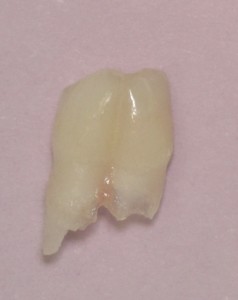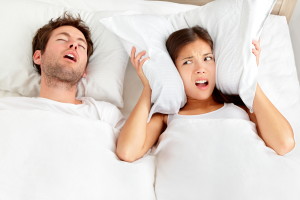By: Dr. Elizabeth Eggert
Witches, zombies, and ghosts aren’t the scariest things about Halloween. For young and old ghouls alike, Halloween candy is what’s most frightening about the upcoming spooky holiday. The main villains? Sugar and acid. Here’s a guide to the most frightening Halloween candy and some scrumptious options that are better for your teeth.
Halloween’s Most Frightening Candy Options
The worst options for Halloween candy are packed with sugar, highly acidic, and stay in your mouth for a long time. Candies that fit this category are a major source of tooth decay. Sour candies in particular are nasty sources of enamel erosion.
The most frightening Halloween candy includes:
- sour candies
- gummy candies
- taffy
- candy corn
- caramels
- candy bars with nuts
- lollipops
- jawbreakers & other hard candies
Great Halloween Treats
Not all Halloween candy options are bad for your teeth. There are a number of delicious treats that won’t cause significant tooth decay. Sugar-free treats are always a safe bet, as are candies that are easy to chew, since they don’t stay in the mouth too long.
Here’s a list of great Halloween treat options:
- sugar-free gum
- sugar-free lollipops & hard candies
- chocolate with no nuts or sticky fillings
- powdery candies
When you go trick-or-treat shopping for your neighborhood ghouls, choose options that won’t rot their teeth. To put your own kids on the path to excellent oral health, contact us at 651-482-8412. Happy Halloween!

